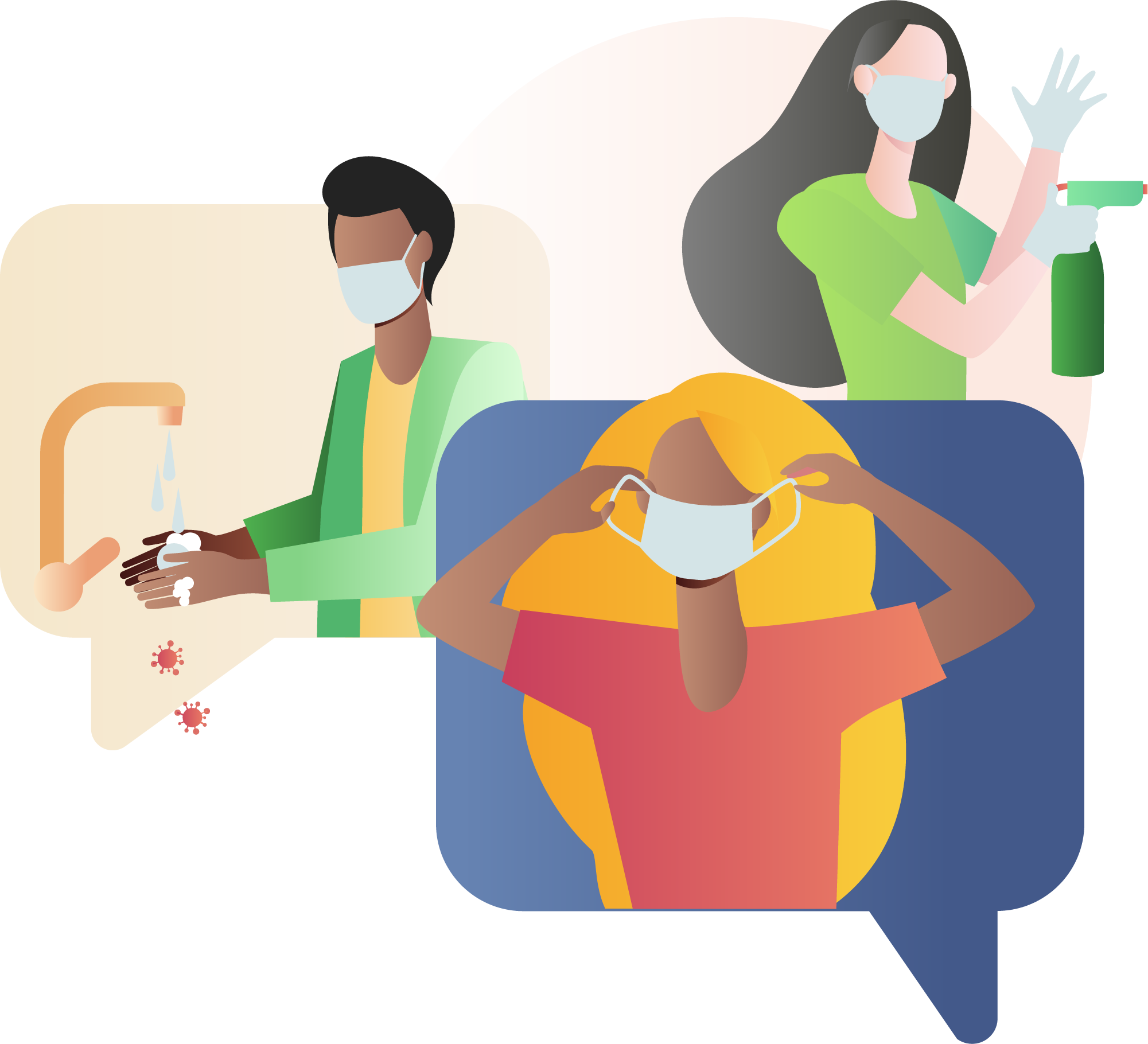Regular working from home has grown 173 percent since 2005. In fact, since the outbreak of COVID-19, 62 percent of America's workforce is working remotely.
While remote working might seem impractical for the healthcare industry, there are many jobs that can be performed without an office space. Healthcare suppliers are one such example. While our frontline heroes need to be inside hospitals, suppliers can work safely (and within regulation) from the comfort of their couches.
Here are four remote working and collaboration tips for healthcare suppliers.
1. Establish online etiquette
There's a lot to be mindful of when communicating remotely. If your healthcare team spans the globe, be sure to factor in time zones. This way, you avoid making work calls at inappropriate times for colleagues.
It's also important to define the purpose of your different communications channels. You don't want to distract your colleagues while they're working. According to a University of California Irvine study, it takes an average of 23 minutes and 15 seconds to get back to a task after a distraction. Knowing when something requires a face-to-face video call or when something can be sent via instant messaging (IM) is crucial to productivity.
2. Communicate your downtime and uptime
Strict boundaries is one of the cornerstones of successful remote working. Successful collaboration is another. While one of the best perks of remote working is flexible hours, it's vital to communicate when you're working and when you're not (as well as communicating urgent messages versus trivial chit-chat).
With an IM tool like Trillian, you can advertise your status and let colleagues know when you're on a call, busy with a project or available to collaborate, as well as flag urgent messages as, well... urgent.
3. Find compliant tools that keep communication secure
Strong security measures are essential when considering remote communication. After all, you need to keep your business-critical communications private. For healthcare workers, however, security is only one part of safe communication - compliance is also required.
Finding a communication tool that meets healthcare regulations - like the Health Insurance Portability and Accountability Act (HIPAA) - is imperative to safe and agile remote communication. Without this, you're at risk of data breaches and, inevitably, a mountain of stress.
4. Invest in culture, not just the work
Happier workers are 13 percent more productive. For remote employees, the things that create happiness - like a sense of community, a strong company culture and a sense of purpose - are often replaced with isolation, a lack of motivation and decreased engagement.
To effectively collaborate as a remote team requires an active engagement in company culture from all employees. What this comes down to is finding a technology that allows you to retain 'water cooler conversation', even without the water cooler.
Underpinning it all is effective technology
There's one big reason remote working is more popular today than ever before: innovation in communication technologies. Secure instant messaging and video conferencing tools allow distributed teams to communicate and collaborate as if they were under one roof.
Without this, supply chains would break down and hospitals wouldn't receive the medicines they need to treat patients. The right technology, then, really can be the difference between life and death.
To find out how Trillian can help your healthcare business communicate more effectively and remain compliant, request a demo here.




